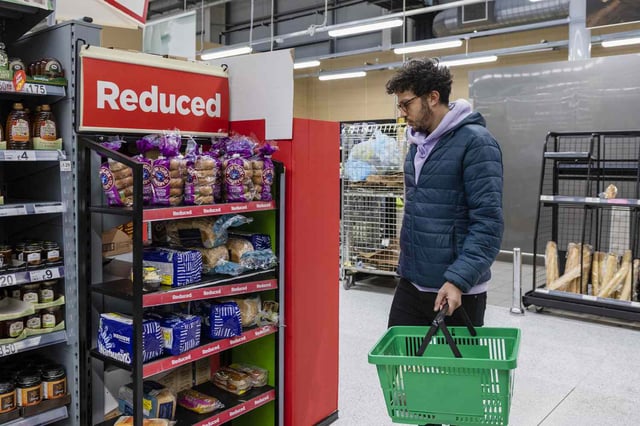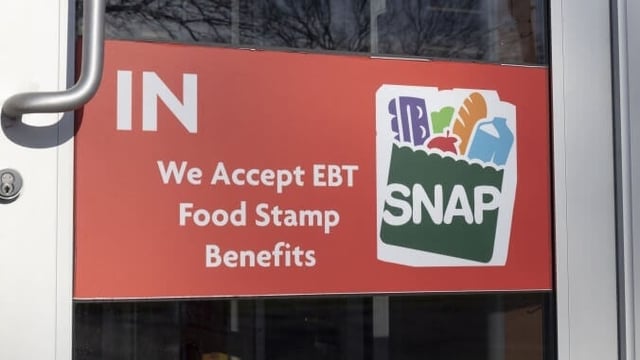Overview
- The federal budget reconciliation bill took effect on July 10, reducing SNAP funding by $186 billion over 10 years and expanding work requirements that will end benefit waivers in 2026.
- Counties must begin budgeting this fall for shifted administrative and error-related food costs, with states set to cover 75% of SNAP administration by 2027 and food costs for program errors by 2028.
- New York faces a $1.2 billion annual gap to maintain benefits for nearly 3 million SNAP recipients, more than half of whom are children and seniors.
- Local food pantries and government agencies are preparing for surging demand as affected households may deplete savings or rely on credit to afford groceries.
- State leaders, nonprofits and coalitions are mobilizing emergency funding measures and drafting legislation to establish permanent state-backed benefits to prevent widespread hunger.

